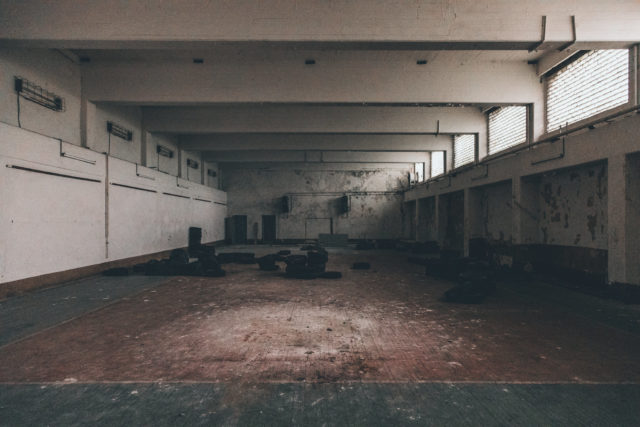Well-hidden in the forests near the town of Falkenhagen, Brandenburg, Germany, is an abandoned military-industrial complex from the Second World War. At one time, the Falkenhagen bunker was top-secret, but today, it is well-known, and photo tours are often conducted around this derelict site.
The purpose of this military facility was to produce chlorine trifluoride, a substance which received the codename of “N-stoff.” Discovered shortly before the Second World War, N-stoff was investigated for its suitability for military purposes.
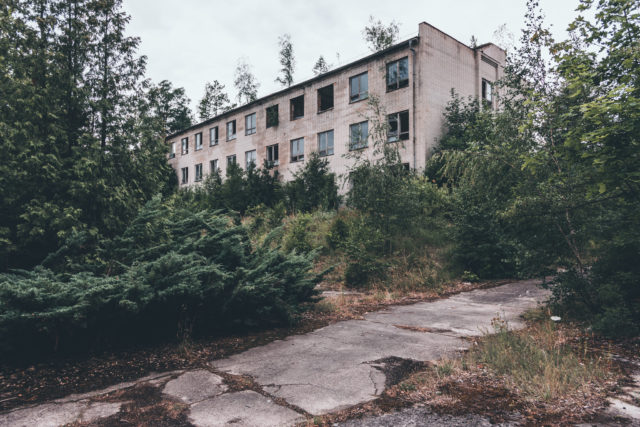
N-stoff was found to be an effective weapon that combined incendiary aspects with poisonous gas. As a result, the construction of the Falkenhagen plant to produce N-stoff began in 1938. It was completed in 1939 and was part of a nationwide initiative to build ammunition factories.
The factory building itself consisted of four floors and was constructed mostly underground. This wasn’t just for defensive reasons, but because the N-stoff was highly volatile and needed to be stored at a low temperature. The bunker had an area of 14,000 square meters (16,743 square yards) and contained about 400 rooms. There was also an underground railway.
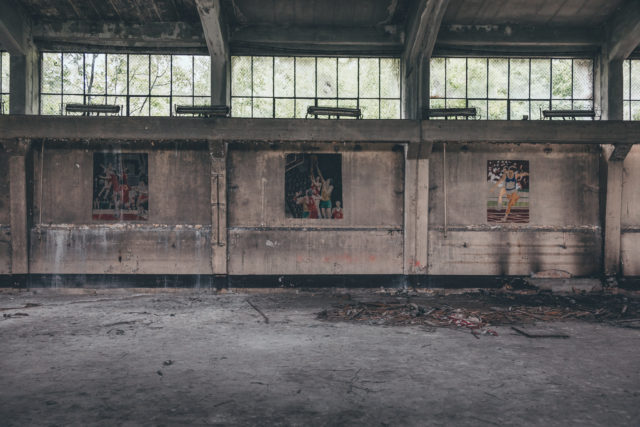
There were also various above-ground buildings, including a water tower. Parts of the factory were also on the surface, such as the air ventilation shafts, exhaust ducts, and emergency exits, for obvious reasons. The nearby Falkenhagen castle was demolished during the building process.
The aim of the plant was to produce 50 tons of N-stoff per month, as well as the compound Sarin. However, the plant failed to achieve this goal. By the end of the Second World War, it had only produced 30-50 tons, and the Sarin production areas weren’t even completed. Furthermore, N-stoff was never used during the war, making the whole production process at Falkenhagen a complete waste of money.
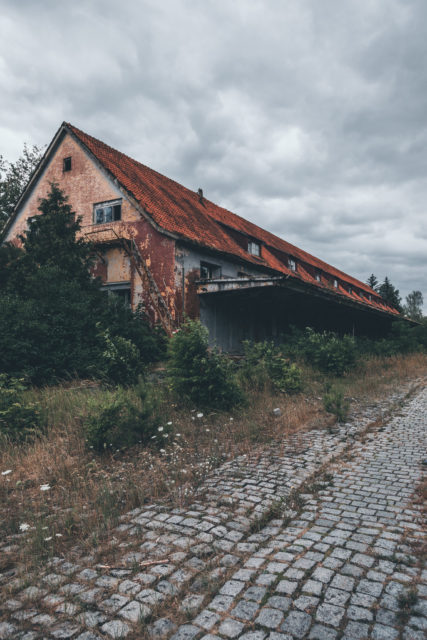
After the end of the war in 1945, the Falkenhagen complex was captured by the Red Army. The Soviet army took control of the German facility and began to use it for various kinds of research. Unfortunately, there is no information about the kind of research that was carried out by the Soviets within the walls of this German building.
In 1965, the Falkenhagen buildings became a command and control center for the Warsaw Pact countries. Reconstruction was carried out on the complex, which resulted not only in the expansion but also in the improvement of the bunkers. Modern communication technologies were also installed.
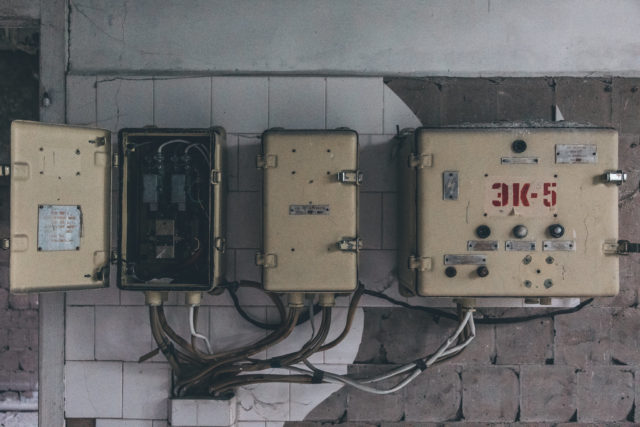
The result of all the work was that the main bunker got turned into a state-of-the-art nuclear and chemical warfare-proof command center, and this site became the main Warsaw Pact bunker outside the Soviet Union.
As a result of the importance of the Falkenhagen bunker, a military village grew up around it. Not only was there accommodation for those who worked at the bunker, but there were also medical facilities, shops, a school, and a theater.
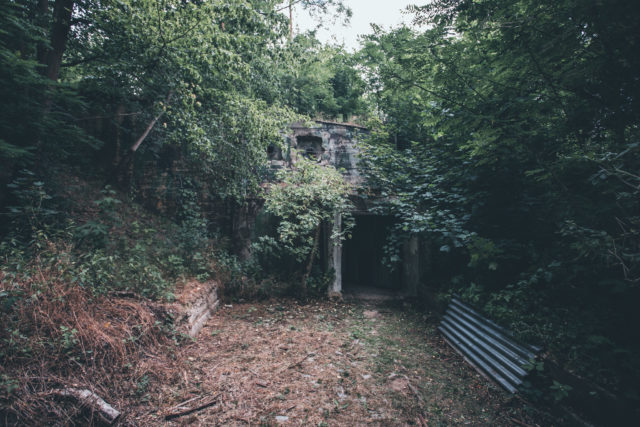
In the 1990s, Germany was reunited, and by 1994, all Soviet bases on German territory needed to be returned to the German authorities. The Falkenhagen complex was handed back in 1993, and the Soviets used the intervening three years to stip the place of all signs of previous military occupation.
Although the property appears to have been sold to a Berlin investor in 2003, it has remained abandoned and left to the elements.
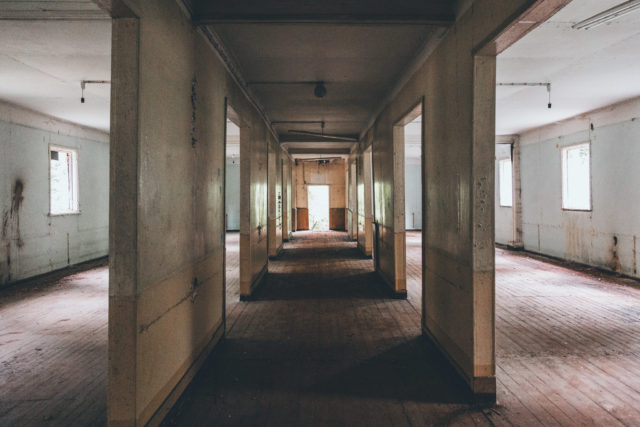
Currently, the complex consists of concrete foundations, various garrison houses, and the four-story main bunker. Tours are conducted across the former military site, taking in both the above-ground buildings and the underground bunker. One German photographer spoke of how easy it was to get separated from the rest of the party when walking through the pitch-black corridors of the abandoned underground bunker.
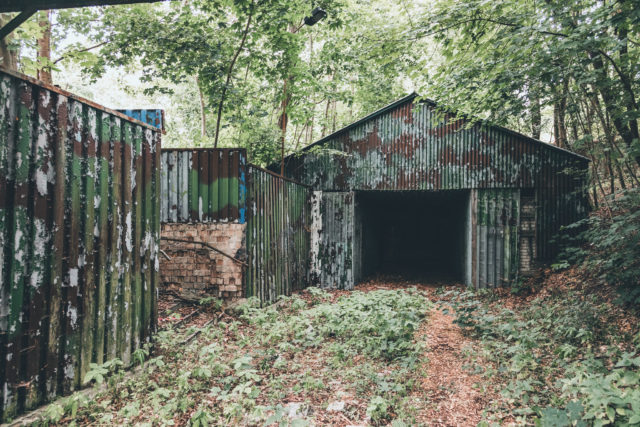
Thank you to Daniel, who is one of the photographers for the Pixelgranaten.de project, which hosts photos taken with both smartphones and cameras. He is happy to share his work and is always glad to receive feedback and suggestions.
Check out his website where you can get in touch with him and find a lot of cool pictures in a shop. You can also buy a print of any of the photographs listed. Follow this project on Facebook and Instagram.
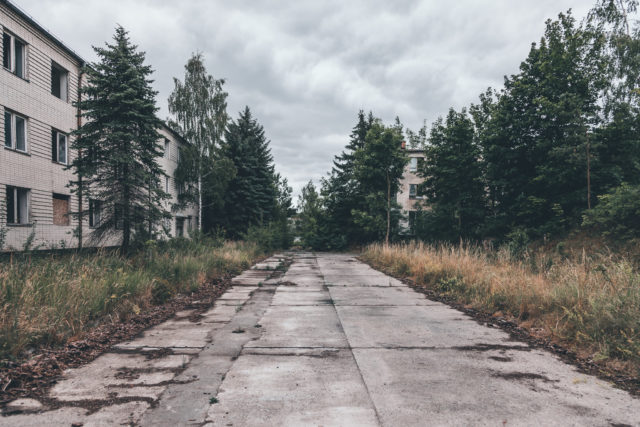
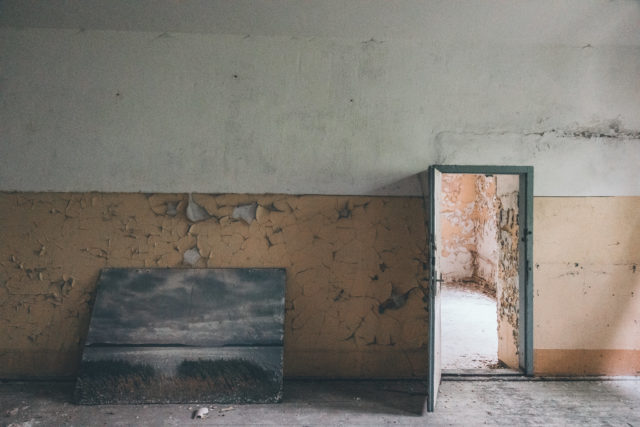
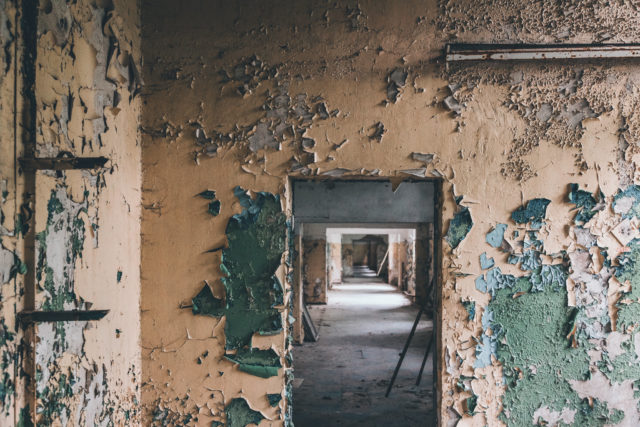
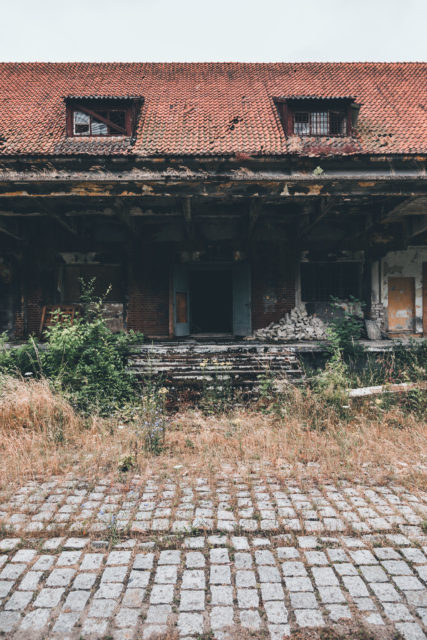
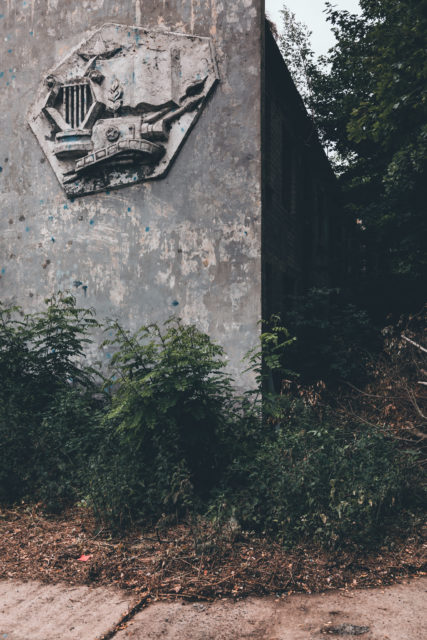
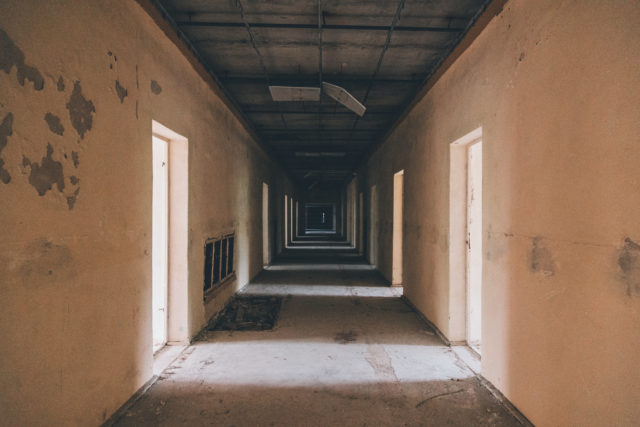
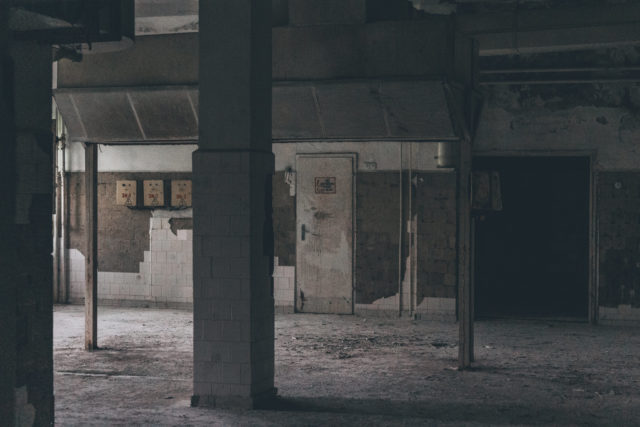
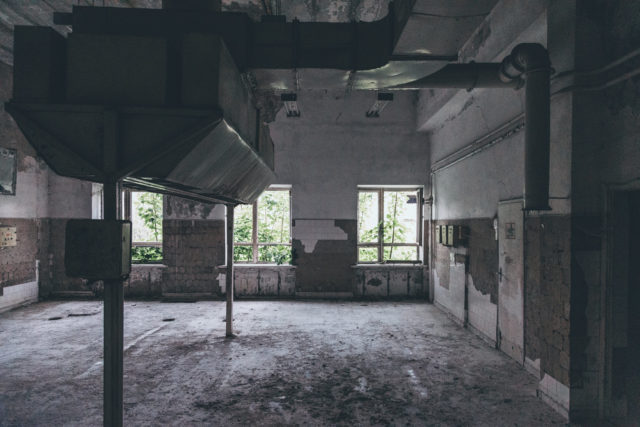
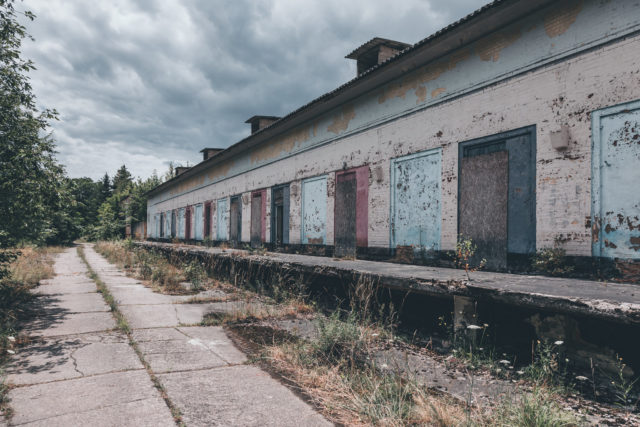
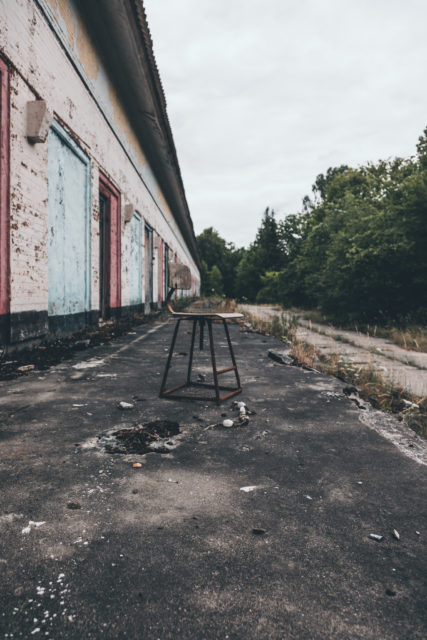
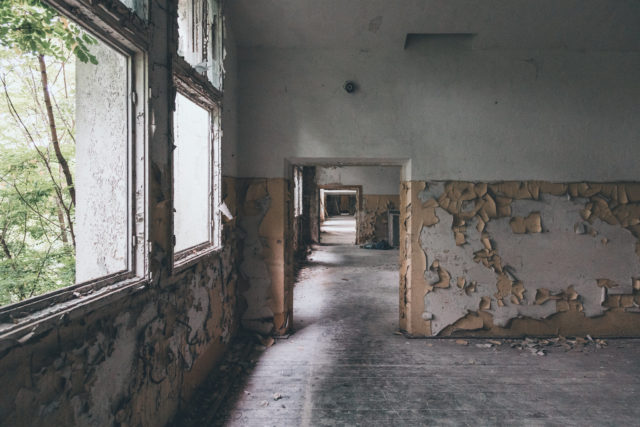
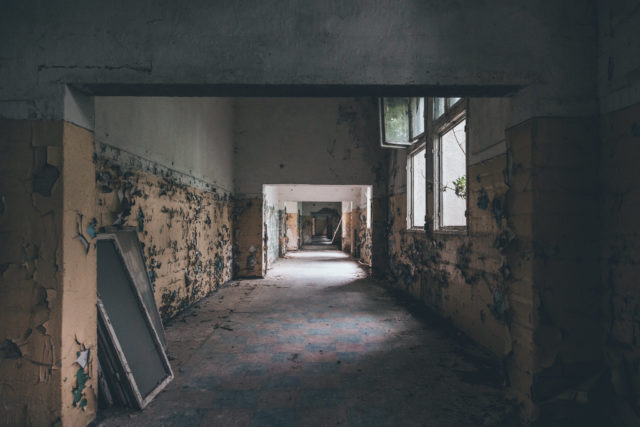
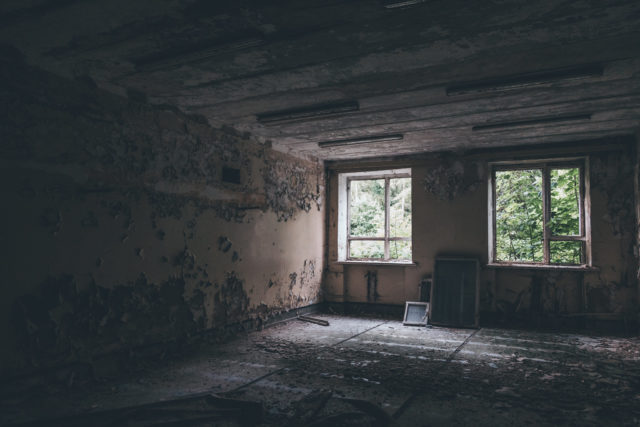
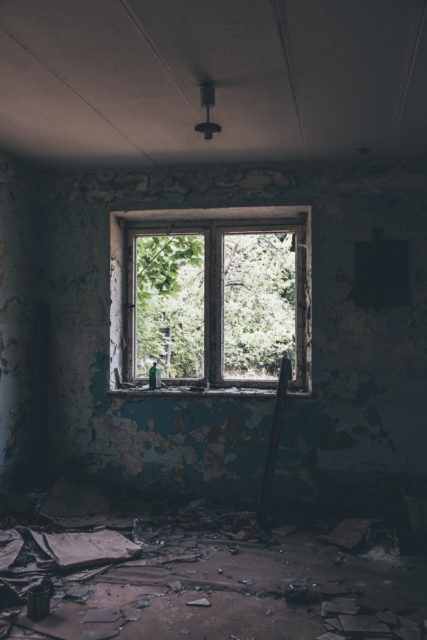
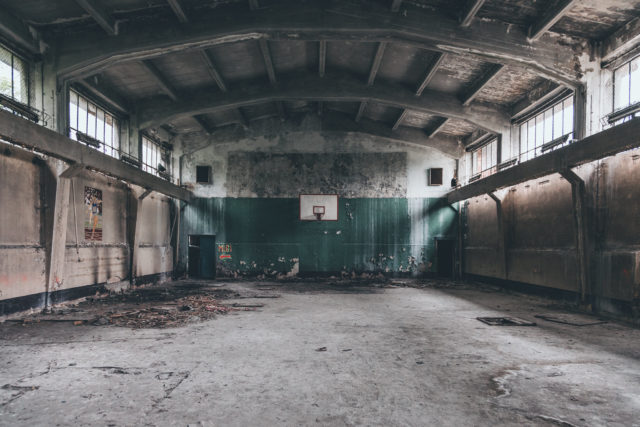
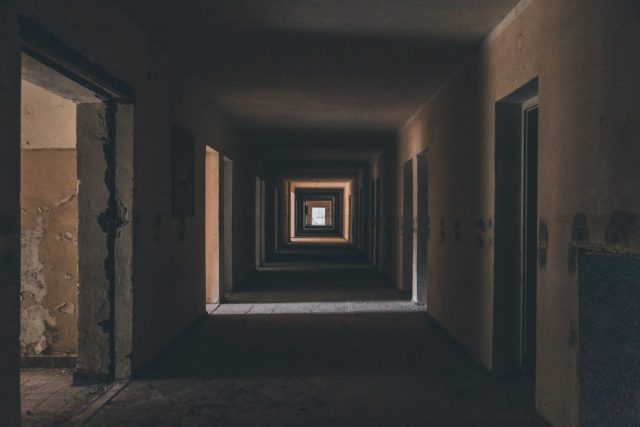
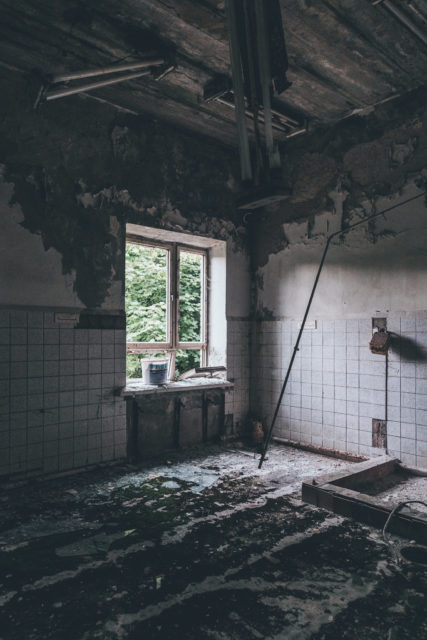
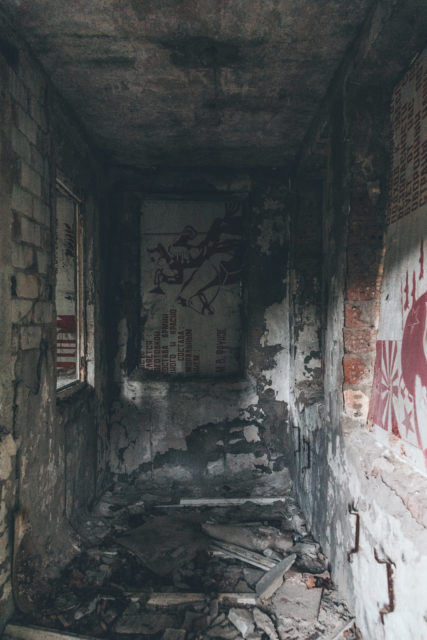
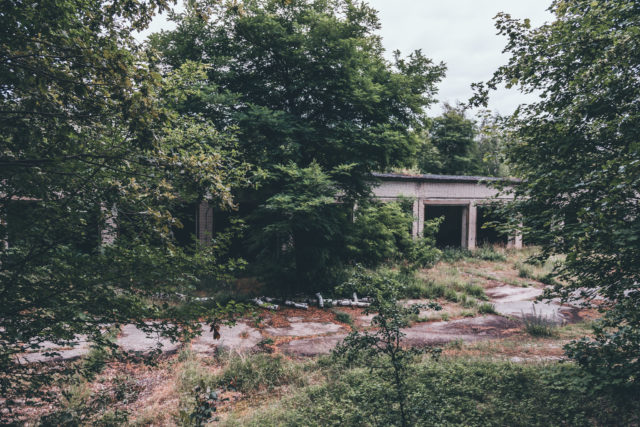
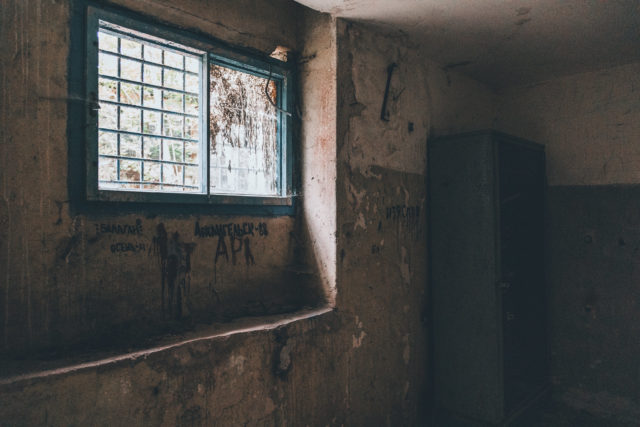
Another Article From Us For Sale: Victorian Fort & Naval Gun Battery Yours for £5.5 Million ($7m)
